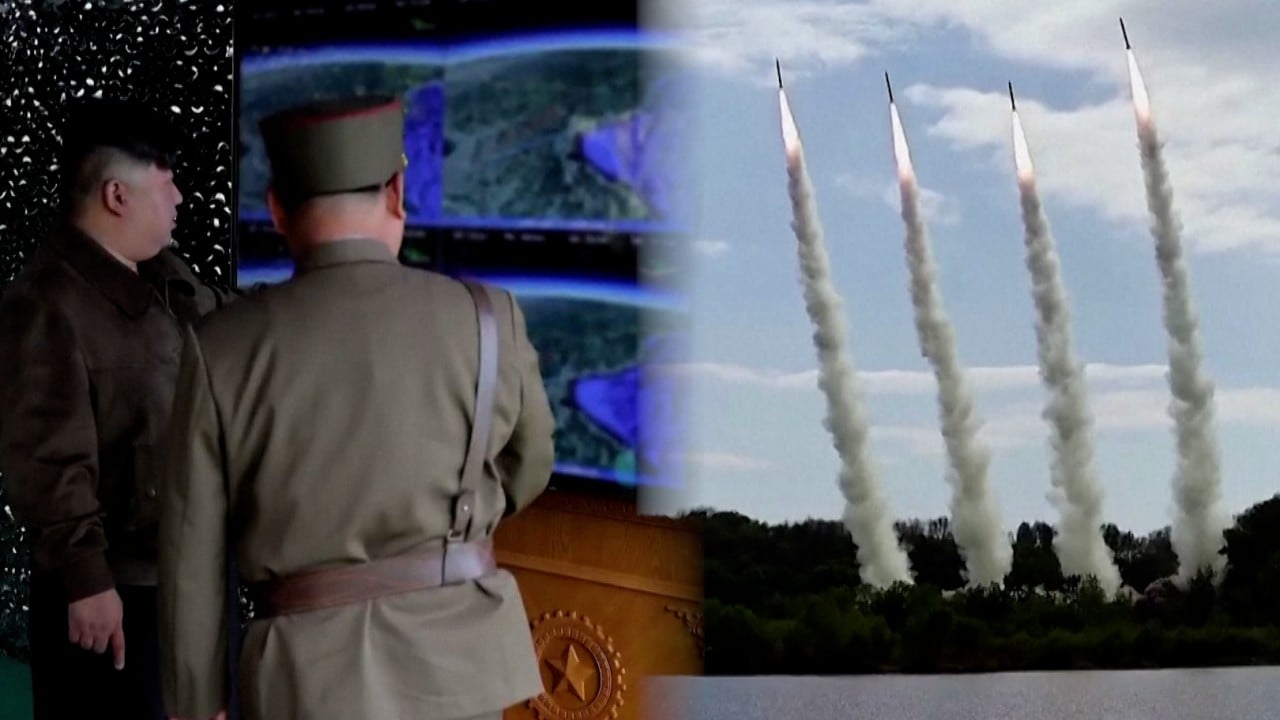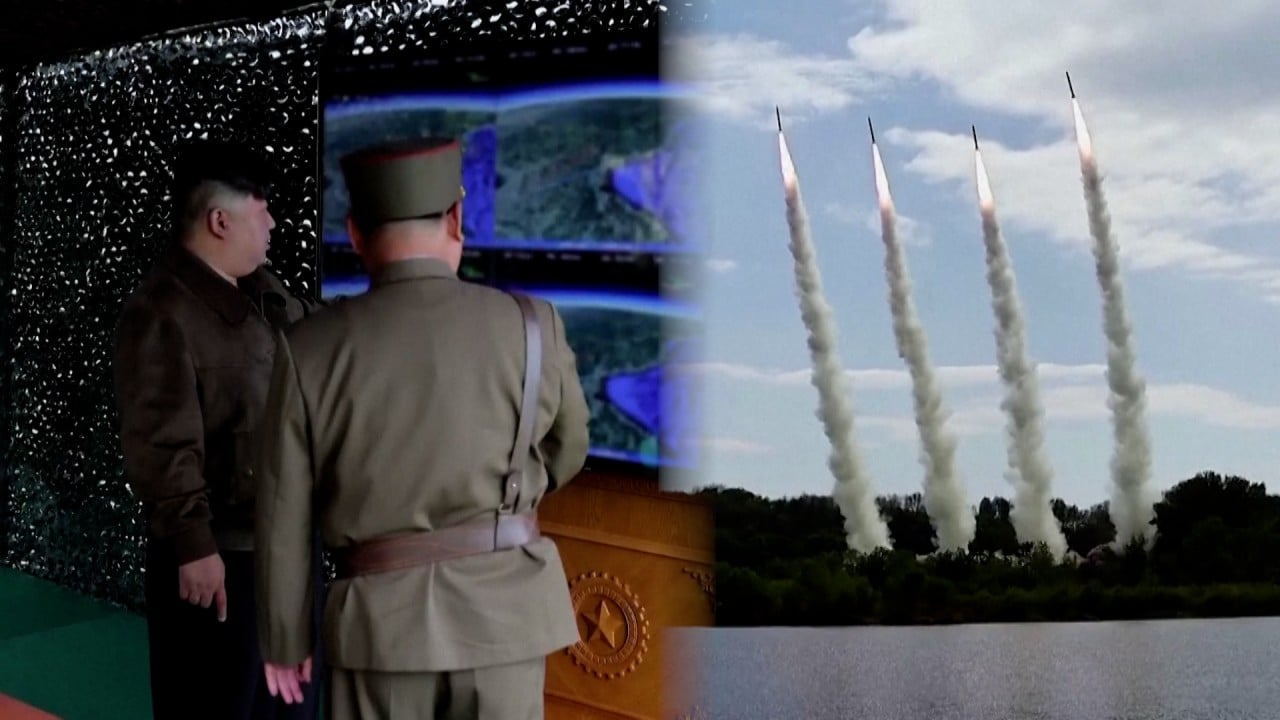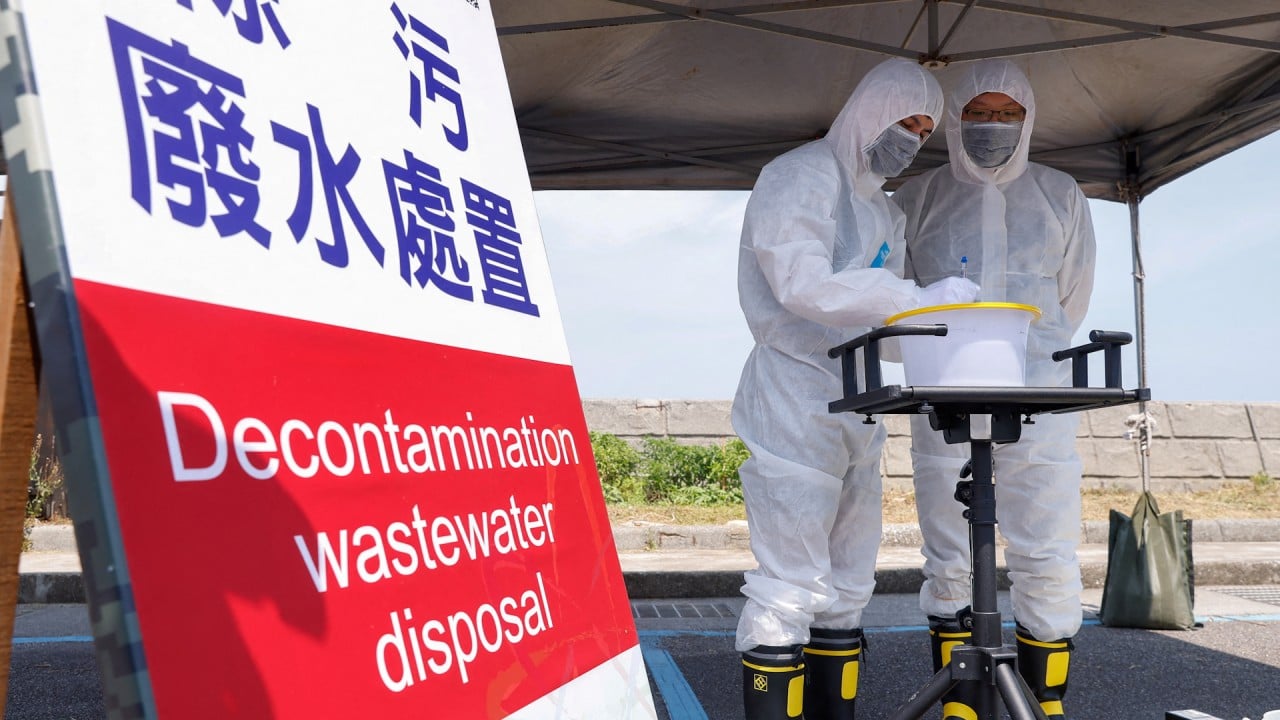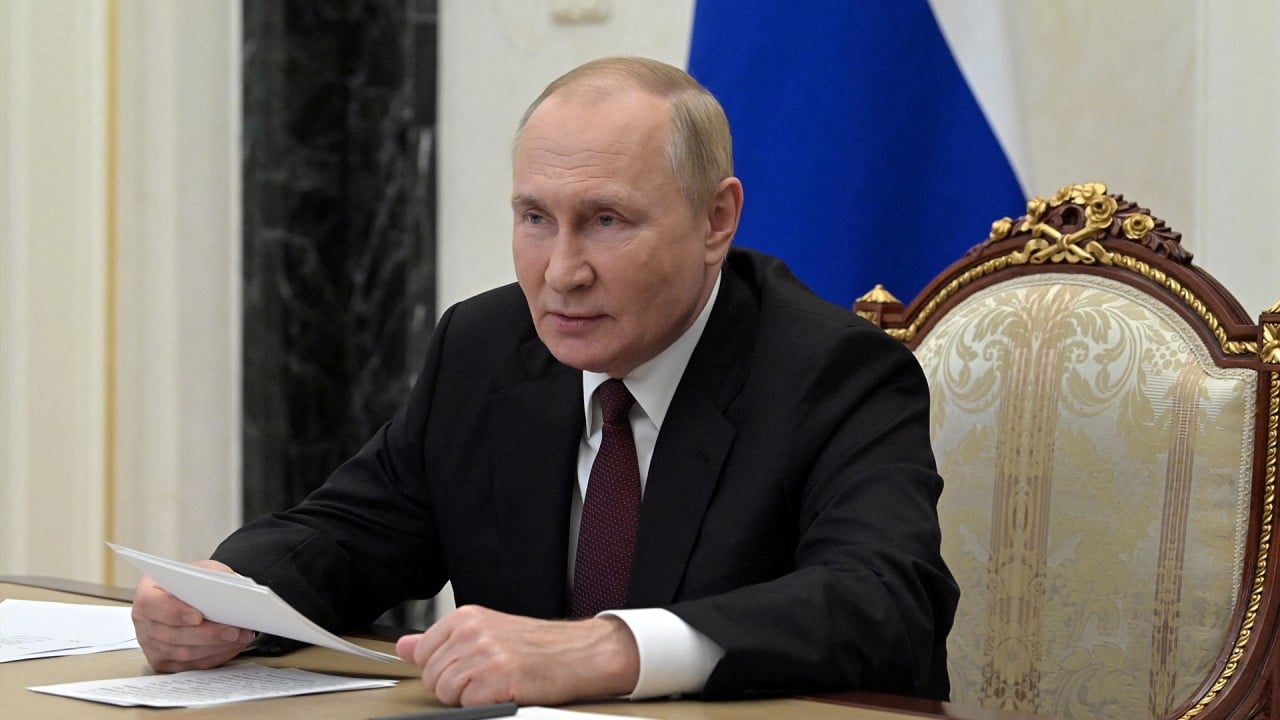China expanding nuclear arsenal faster than any other country, report says, but still lags behind US and Russia
China is expanding its nuclear forces “faster than any other country” and may end up with more intercontinental ballistic missiles than Russia or the United States within a decade, a report has concluded.
According to the Stockholm International Peace Research Institute (SIPRI)’s annual yearbook published on Monday, China added 90 more warheads to its nuclear stockpile, holding a total of 500 as of January this year.
It also said its total number of ICBMs – which currently stands at around 238 – could surpass America’s holding of 800 or even Russia’s total of 1,244 within the next 10 years.
However, the overall size of the nuclear arsenal is expected to remain much smaller than those held by the two largest nuclear powers. The US has 5,044 warheads while Russia has 5,580, the report said.
“China is expanding its nuclear arsenal faster than any other country,” said Hans Kristensen, associate senior fellow with Sipri’s Weapons of Mass Destruction Programme. “But in nearly all of the nuclear-armed states, there are either plans or a significant push to increase nuclear forces.”
There were an estimated total 12,121 warheads in the global nuclear stockpile as of January 2024, with Russia and the US together possessing almost 90 per cent of all nuclear arms. About 9,585 of these are ready to be used, with the rest consisting of retired warheads from the Cold War that have not been fully dismantled.
The sizes of their respective military stockpiles remained relatively stable in 2023. The report said Russia had deployed 1,710 warheads with its operational forces as of January 2024, a slight rise from 1,674 a year earlier. However, the report said there was “no conclusive visual evidence” to back claims weapons had been deployed in Belarus.
SIPRI said nuclear arms control and disarmament diplomacy had “suffered more major setbacks in 2023” with Russia suspending the last treaty on strategic nuclear arms controls with the US, withdrawing its ratification of a test-ban treaty and making nuclear threats in response to European and US support for Ukraine.
Meanwhile, the outbreak of war in Gaza had undermined efforts to get Israel involved in talks on a nuclear-free Middle East as well as “apparently ending Iranian–US diplomatic efforts”.
“While the global total of nuclear warheads continues to fall as Cold War-era weapons are gradually dismantled, regrettably we continue to see year-on-year increases in the number of operational nuclear warheads,” according to Dan Smith, the institute’s director.
“This trend seems likely to continue and probably accelerate in the coming years and is extremely concerning.”
The report said China was building around 350 new silos for its land-based ballistic missiles.

If China fills each of its new silos under construction with a single-warhead missile, within the next decade, it will increase the number of warheads it can deploy on its ICBMs to around 650.
But the report said it is not clear what China is planning for the silos and if these were used to store missiles equipped with three multiple independently targetable re-entry vehicles – which allow strikes on multiple targets – the number of ICBM warheads could rise to more than 1,200.
Last year a report by the Pentagon drew similar conclusions about China’s nuclear arsenal, estimating it had around 500 operational warheads and saying this could pass the 1,000 mark by 2030.
“[China’s] expansion of the ICBM is probably influenced by … concern that the United States has a capability to destroy a significant portion of the force in a first strike [and] efforts to overcome the growing capability of US missile defences to intercept ICBMs,” said Kristensen.
“[It is also] an attempt to increase nuclear deterrence forces to allow greater freedom to conduct offensive conventional operations without fear of US intervention.”
China does not comment on its nuclear arsenal and has said that Washington’s estimates are being used as “a convenient pretext for expanding its own nuclear arsenal aimed at absolute strategic predominance”.
The country has a “no first use policy” and keeps the minimum number of warheads needed to meet its national security needs, Lin Jian, a foreign ministry spokesman, said last week.
Around 346 nuclear warheads were assigned to land-based ballistic missiles, making up to 70 per cent of China’s nuclear force as of January 2024, according to SIPRI.
Around 20 warheads were assigned to the air force and 72 to China’s nuclear-powered ballistic missile submarines.
The remaining 62 warheads are stored elsewhere and have been earmarked for missiles that are not yet operational.
Citing US intelligence sources, Kristensen said Beijing’s recent moves to place solid-fuel missiles in silos, carry out naval deterrence patrols and, potentially, develop a launch-on-warning capability suggests that “it might have started pairing a small number of its warheads with their launchers”.
Previously, China was believed to store its nuclear warheads, missiles and launchers separately except at times of crisis.
“The Chinese navy conducts ‘near-continuous at-sea deterrence patrols,’ which appears to imply the submarine at sea is carrying nuclear-armed missiles. Each submarine can carry up to 12 ballistic missiles that we assume is each equipped with one nuclear warhead,” said Kristensen.
“Missile brigades conduct ‘combat readiness duty’ and ‘high-alert duty,’ which includes ‘assigning a missile battalion to be ready to rapidly launch’. We assume this increased readiness is rotated through the ICBM force with a few battalions – six to 12 launchers – on high-alert duty at any given time.”
Kristensen added that the deployment of warheads on missiles could be motivated by an “effort to improve the full operational capability of the forces” including the detailed procedures of “handling and safeguarding” nuclear warheads.
He said this has prompted the US to consider increasing its nuclear presence in the Indo-Pacific region, adding: “The addition of more US nuclear capabilities in the Indo-Pacific region is obviously not in China’s interest. Nor is an increase in China’s nuclear capabilities in the interest of the United States or its allies in the region.”
However, the report also said the reliability of Chinese missiles is “in question” after reports of widespread corruption in the PLA Rocket Force, which could undermine the modernisation programme.





